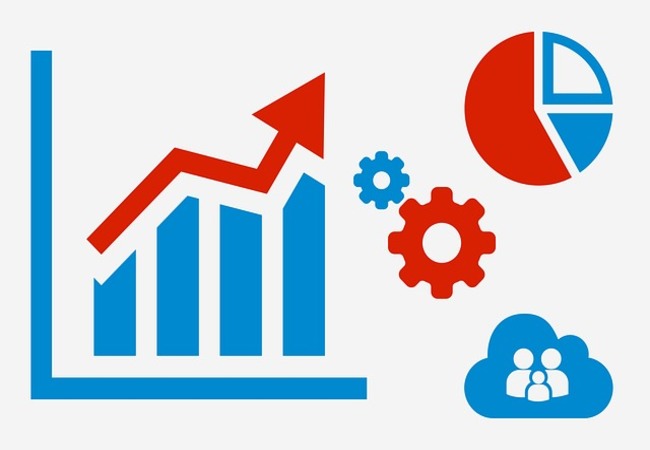A project charter is a contract between a Six Sigma project team and a sponsor. It provides a clear, concise description of the business needs that the project is intended to address. Any changes to the critical elements of a project charter need prior approval from the sponsor and consensus from the team members. A […]
Continue Reading
Six Sigma projects are primarily focused on customers. The other areas that Six Sigma projects focus on are: Improving the performance of Critical to Quality (CTQ) Reducing the number of complaints from customers. Reducing in-process or internal defects. Reducing warranty claims. Improving survey and customer research scores. Capturing feedback from staff members effectively. Increasing profits […]
Continue Reading
Some of the major attributes of CTQ include: A single meaning for each metric across all geographic locations. Defining the process owners who are responsible for tracking the CTQ. Clearly defined defects and opportunities in the process. A consistent measurement system to provide accurate and precise measurements. And, it must be derived from the VOC […]
Continue Reading
An affinity diagram is a tool that is used to organize a large number of ideas, opinions, and issues and group them based on their relationships. Affinity diagrams are generally used for categorizing ideas that are generated during brainstorming sessions and can be particularly useful for analyzing complex issues. The steps for creating an affinity […]
Continue Reading
To gather the VOC, effective methods for accurately capturing customer requirements are required. Several methods are available to capture the VOC. Interviews are used to gather information from stakeholders by talking to them directly. Interviews aid in identifying and defining features and functions or desired project deliverables. Focus groups is a trained moderator-guided interactive discussion […]
Continue Reading
Most conventional organizations comprise departments and functions. A department head or functional head is responsible for all department deliverables. All department members should have clearly defined responsibilities for their respective tasks. Departmental tasks are expected to be performed on time and with quality. Every member of a department operates within a framework called a functional […]
Continue Reading
QFD offers several benefits to organizations. It reduces design cycle time due to the decrease in design changes. It reduces the overall product development time because the focus is solely on satisfying key customer needs. It reduces overall cost by reducing design changes. It improves customer satisfaction because the development process is driven by the […]
Continue Reading
Quality Function Deployment (QFD) is a structured approach followed by customer-driven organizations to transform customer requirements into their product specifications. The House of Quality (HOQ) is a diagram used by a product development team during the initial stage of the QFD process. It uses a planning matrix to define the relationship between customer requirements and […]
Continue Reading
DFSS and DMAIC are two of the methodologies commonly used by organizations to implement. Six Sigma. Organizations with well-developed Six Sigma programs also run DMAIC and DFSS projects concurrently. Feature Description Focus DMAIC: Improving the existing products and services or processes.
Continue Reading
Another roadmap of DFSS is DMADV, an acronym for five interconnected phases, namely Define, Measure, Analyze, Design, and Verify. This methodology is used in projects that involve creating a new product or process design. Define – The project goals are defined so that they are in line with customer requirements and enterprise strategies. Measure – […]
Continue Reading
Identify The voice of the customer (VOC) is gathered and converted into technical requirements in this phase. A business case is then established and a project charter is prepared along with milestones. A team is also formed to carry out the project. Roles and responsibilities of the team members are also set during this phase. […]
Continue Reading
In the Define phase, the Six Sigma team in a software product development company found that customers identified many issues in the beta version of its software. However, if all the issues raised were to be fixed, timelines would slip and the budget would increase. The team then calculated the number of changes and the […]
Continue Reading
Organizations strive to eliminate three basic categories of waste in their business processes. Basic Waste Category are: Wasteful activity – Work that adds no value to a product or service. Eliminating such activities from business processes will help organizations cut cost. Unevenness – This denotes inconsistencies that exist in a business process. Unevenness and inconsistencies […]
Continue Reading
A value-added activity is any activity that increases the worth of a product or service. It directly contributes to meeting customer requirements, and customers are willing to pay for it. Value-added activities also generate a positive ROI for an organization. Without these activities, the process will be affected. A lean team should analyze if activities […]
Continue Reading